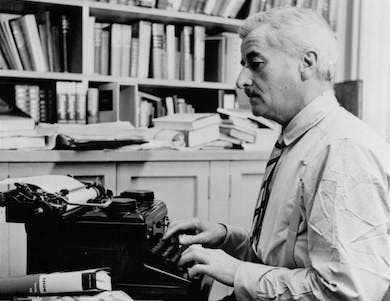Biographical Novel Adds New Depth to the Term Faulknerian
A fictional world that grows out of Faulkner and includes him it.

‘Wingwalkers’
By Taylor Brown
St. Martin’s Press, 320 pages
William Faulkner wanted to fly as much as he wanted to write. His post-World War I novel “Soldier’s Pay” features a young cadet, who just missed serving in the war, claiming he would rather have been mortally wounded than not to have flown and fought.
So it was for Faulkner, who, stuck in a Canadian RAF camp when the war ended, was so distressed that he returned home with wings he had not earned and a factitious limp. In short, he created himself as a work of fiction.
Taylor Brown, steeped in Faulkner biography, uses that Faulkner persona to create a novel that is an original portrayal of a world gone wild over flying, people watching barnstormers and wingwalkers and paying for the privilege of taking flight from the mundane and miserable circumstances of their lives.
Mr. Brown invents Captain Zeno Marigold, World War I ace, and Della the Daring Devilette, portraying them crisscrossing the country, living on the coinage of their aerial exploits, until they come upon disaster in an air show when Zeno disobeys Della’s command that he should refuse to fly an experimental plane that … well, I shouldn’t spoil the story for you.
Does it all sound familiar: the rootless aviators, their mad, intense love, and the writer who meets them and quietly, almost submissively, inserts himself into their company? Zeno and Della are Faulknerian characters, right out of “Sartoris” (1929), “Pylon” (1935), and “The Wild Palms” (1939).
“Wingwalkers” is a brilliant mashup of Faulkner, the man and the writer. The facts are taken from Joseph Blotner’s magisterial “Faulkner: A Biography” (1974), but the way Mr. Brown matches Faulkner with Zeno and Della is ingenious.
Mr. Brown’s Faulkner watches Zeno and Della and announces he is going to write about the air show in New Orleans, as he did in “Pylon,” but their passion and commitment to one another — which depends, in Zeno’s case, on the couple’s life in the air — comes to ground fatally, since of course flight can only be a temporary solution to the agony of existence.
I’m trying to write about this exquisite novel without giving it all away — much as Faulkner suspends conventional narrative in novels that make us want not only to read but re-read his characters’ actions. Their lives and motivations have to be pieced together and depend on our own persistent desire to understand what is going on with them.
When Faulkner meets Zeno and Della, Mr. Brown resists the temptation to tell us what Faulkner thinks of them. Faulkner remains, as in biographies of him, a man of mystery who gives away very little of himself. It all goes into the writing, you see. Jumping off the page and confessing, so to speak, never appealed to him.
A telling scene in “Wingwalkers” reveals more about Faulkner than he is willing to say. In a rowdy New Orleans bar, he scribbles something on a napkin when he is told the couple is on the way to California. You will have to read the novel to learn what the napkin note says, but suffice it to say that Faulkner understands Mr. Brown’s characters.
“Wingwalkers” is, to an unusual extent, an extrapolation of Faulkner’s fiction. The form of Mr. Brown’s novel is reminiscent of “The Wild Palms,” which tells two separate yet intertwined stories: about the doomed love affair of Harry Wilbourne and Charlotte Rittenmeyer, and about the epic efforts of a Mississippi convict to save himself and a pregnant woman during the Great Mississippi Flood of 1927.
At their best, biographical novels extend the work of biography. Mr. Brown has taken familiar stories from Blotner’s biography — like that of Billy, an avid reader of “The American Boy” magazine, building a plane with his brothers that crashes but only stimulates their desire to take flight.
Faulkner liked to believe his characters kept changing and evolving and he was just trying to keep up with them — just as we try to keep up with Faulkner, and as he tries to keep up with Mr. Brown’s characters, who have emerged out of his imagination via Mr. Brown.
The symbiosis of fact and fiction in “Wingwalkers” is vertiginous. Reading this book will give you a thrill.
Mr. Rollyson is the author of “Uses of the Past in the Novels of William Faulkner.”

